POWERED BY NATURE: WILDSMITH SKIN
A skincare brand that uses science to prove it's natural, locally-grown ingredients are working | Nov 16 2021
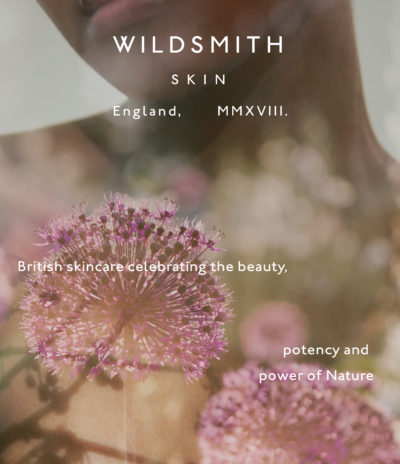
A skincare brand that uses science to prove it's natural, locally-grown ingredients are working | Nov 16 2021
Wildsmith Skin makes natural, effective and clinically-proven skincare inspired by a nineteenth century arboretum in the heart of the Hampshire countryside.
Made Thought began working with the team in 2018 as part of a family of projects that started with Wildsmith’s parent brand, Heckfield Place. It quickly developed into an inspiring and important piece of work, with an openness to push the boundaries and innovate allowing us to create a truly responsible skincare brand with nature at its core. Together we’ve explored the benefits of locally grown and harvested ingredients, science-backed botanical bioactives and plastic-free packaging solutions.
Here we speak to Wildsmith’s general manager Katherine Pye.
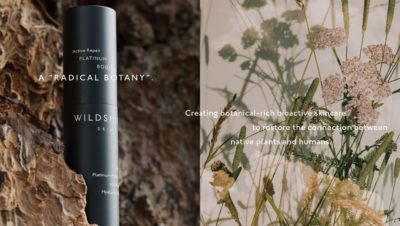
Q. What do you think is the value in regenerating the connection between nature and humans?
A. Nature sustains us and all that we depend on, it has done for more than a million years. It fundamentally affects the way we think, feel and behave and so we must look to it in every aspect of our health. Our ingredients, grown under biodynamic principles, observe the rhythms and cycles of the earth, sun, moon, stars and planets. We seek to understand the subtle ways that the environment and the wider cosmos influence the growth and development of plants.
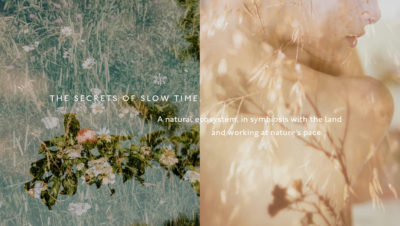
Q. Science and nature are sometimes considered at odds with one another, especially where skincare is involved, how did you look to address this?
A. Science proves that nature is working. We can intensify the potency of nature in the lab. Science satisfies our cerebral demand for proof. If we can see it, measure it and prove it works. But really nature just works and our ancestors knew that. We just lost the link.
Q. There’s a real magic that comes from consuming something grown or cultivated in the same place it is used. How important is localisation?
A. Cultivating goods in the area they will be consumed is essential for minimising harm to the environment. It also allows for a far deeper understanding and connection of the product you are harvesting, when you’ve seen it grow and develop there is a level of respect that you don’t get otherwise. We are going to try to develop partnerships when we can grow ingredients globally that can be used in the products that will be consumed locally. We can pass on the knowledge rather than try and keep it all for ourselves to commoditise.
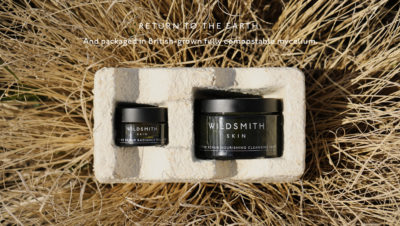
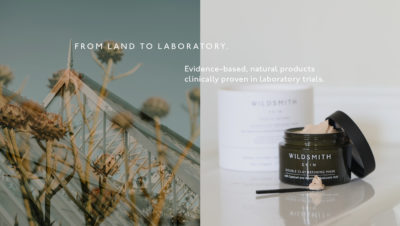
Q. What is the most important consideration for you when it comes to packaging?
A. Locally sourced, endlessly recyclable, biodegradable.
Q. What are the benefits of testing and trialling different types of packaging solutions?
A. We were able to turn round Mycelium within a few months to be the first luxury skincare brand to bring it to market. But small projects for start-ups are sometimes difficult. Big players could have more impact more quickly as the supplier can see the real benefits. We only need 500 of an item and it will cost a packaging start-up the same amount to develop if the order is 100,000 pieces.
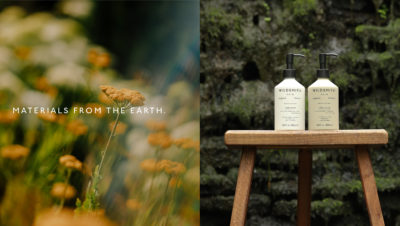
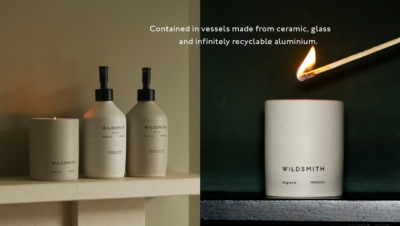
Q. Compostable packaging alternatives like mycelium look and feel different to what many consumers have come to expect from luxury packaging which is often made from perfect plastic. How was the response to that from stockists and customers?
A. Unfortunately a lot of education is needed here. Everyone knows they need to embrace sustainability and go on and on, then they produce a beauty advent calendar! I honestly think that people have great intentions and they are not deliberately out to mislead but I think the decision makers just don’t know that much themselves and try to tick boxes without delving very deep.
We believe a new aesthetic is coming - one that is varied and irregular and imperfect, just like the natural world. It’s not natural for anything to be flawless and we believe this extends to our packaging too, it should be judged on its functionality — both its first life and end of life — not its veneer.